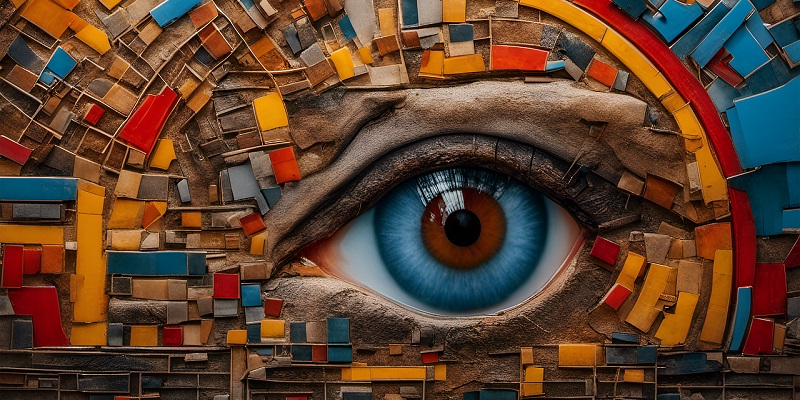OpenAI, a leading artificial intelligence (AI) research organization, has recently announced the third iteration of its groundbreaking text-to-image model, DALL-E 3. Building upon the successes of its predecessors, DALL-E 3 brings significant enhancements to the table, revolutionizing the field of AI-generated visual content. With its seamless integration with the popular ChatGPT, the possibilities for creative collaboration are expanded like never before.
Seamless integration with ChatGPT
One of the standout features of DALL-E 3 is its seamless integration with ChatGPT. By combining the capabilities of these two AI models, OpenAI aims to empower users to communicate their vision effectively, even if they struggle to articulate it precisely. When faced with detailed or lengthy prompts, DALL-E 3 excels at understanding and interpreting user intentions. And in case users face any difficulties in expressing their ideas, ChatGPT can step in to assist in crafting comprehensive prompts.
Enhanced understanding of user intentions
DALL-E 3 marks a significant leap forward in AI’s ability to understand and capture user intentions. The model has been trained extensively to recognize the subtleties and nuances in user prompts, allowing it to generate visuals that closely align with the desired outcome. By analyzing prompts in greater depth, DALL-E 3 can create images that resonate with users on a profound level. The collaboration with ChatGPT provides an added layer of support, enabling users to refine their prompts for even better results.
Overcoming limitations of previous AI generators
The advent of DALL-E 3 brings hope to tackling the limitations faced by previous AI image generators. OpenAI’s engineers have dedicated extensive efforts to address challenges that historically plagued AI systems. The enhanced model has been fine-tuned to excel in creating elements that were previously challenging for AI generators, such as intricate textures, fine details, and complex shapes. With DALL-E 3, the era of photorealistic AI-generated images is approaching reality.
Ensuring content quality and safety
OpenAI places a strong emphasis on maintaining content quality and safety. Robust security measures have been implemented to prevent the generation of explicit or offensive content. While DALL-E 3 is an advanced AI model with creative capabilities, it adheres to ethical guidelines and operates within predefined boundaries, ensuring that user-generated content is both visually appealing and socially responsible. OpenAI is committed to leveraging AI in a responsible and mindful manner.
Respect for copyright and originality
In an effort to respect copyright laws and foster originality, OpenAI has taken a proactive stance with DALL-E 3. The model has been designed to decline requests to replicate copyrighted works. This measure protects the rights of artists and ensures that AI-generated content is not used in infringement of intellectual property. Furthermore, OpenAI offers artists the option to submit their original creations through a dedicated form on the OpenAI website, enabling them to showcase their talent and contribute to the AI-generated art community.
Release timeline for DALL-E 3
OpenAI has laid out a dynamic rollout plan for DALL-E 3. Initially, the enhanced image generator will be made available to ChatGPT ‘Plus’ and ‘Enterprise’ customers next month. This early release aims to gather insights and feedback from a select user base before scaling up to a wider audience. Following this phase, DALL-E 3 will be extended to OpenAI’s research labs and API customers in the upcoming fall season. This staggered approach ensures a controlled and iterative deployment, driving continuous improvement and gathering invaluable user experiences.
OpenAI’s DALL-E 3 represents a major breakthrough in the realm of text-to-image generation. With its enhanced understanding of user intentions, seamless integration with ChatGPT, and the ability to overcome previous limitations, DALL-E 3 opens up new possibilities for creativity and collaboration. OpenAI’s commitment to content quality, safety, and respect for copyright ensures the responsible use of AI-generated content. As DALL-E 3 makes its way to users in the coming months, the impact on the art community and beyond is set to be profound. AI-generated art is entering a new era where human imagination and machine capabilities merge to create remarkable visual experiences.

